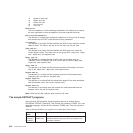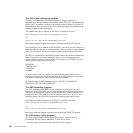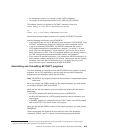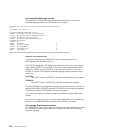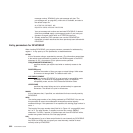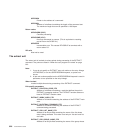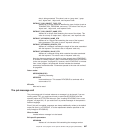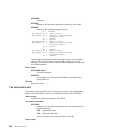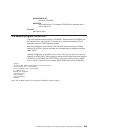
Note that if you specify both replacement ddnames and replacement DCBs, the
alternative DCBs are used, but the alternative ddnames are disregarded.
EXITS
The addresses of a set of user exit routines to be invoked during processing of
DFHCSDUP.
The structure of the parameter list is shown in Figure 131.
You should note the following:
v Each parameter contains a length field, followed by some functional data.
v The functional data for the DDNAMES, DCBS, and EXITS parameters contains
multiple subentries.
v The parameters OPTIONS, DDNAMES, and HDING are aligned on a halfword
boundary, and the first two bytes ‘bb’ contain the binary number of bytes in the
following functional data.
v The parameters DCBS and EXITS are aligned on a fullword boundary, and the
first four bytes ‘00bb’ contain the binary number of fullwords in the following
functional data.
v If the ‘bb’ field for any parameter is zero, the parameter is ignored.
v If a subentry in the functional data is all binary zeros, it is ignored.
v If any subentry is not within the length indicated by ‘bb’, it is ignored.
v In the DDNAMES functional data, each subentry consists of an 8-byte ddname to
replace a default ddname used by DFHCSDUP. DFHCSDUP does not use the
General options bb Parm-field
Register 1
ddnames
hding bb nnnn
dcbs
exits
00bb bb
00bb 0000 0000 00000000
A(initialization-exit) 0000 0000 00000000
A(termination-exit) 0000 0000 00000000
A(extract-exit) 0000 A(CSD-acb) DDCSD
A(get-Command-exit) 0000 A(INPUT-dcb) DDINPUT
A(put-Message-exit) 0000 A(OUTPUT-dcb) DDOUTPUT
bb is a two-byte field containing the length of the functional data
00 represents two bytes of binary zeros
A() means "address of"
Figure 131. Entry parameters for DFHCSDUP
Chapter 34. User programs for the system definition utility program (DFHCSDUP) 823




